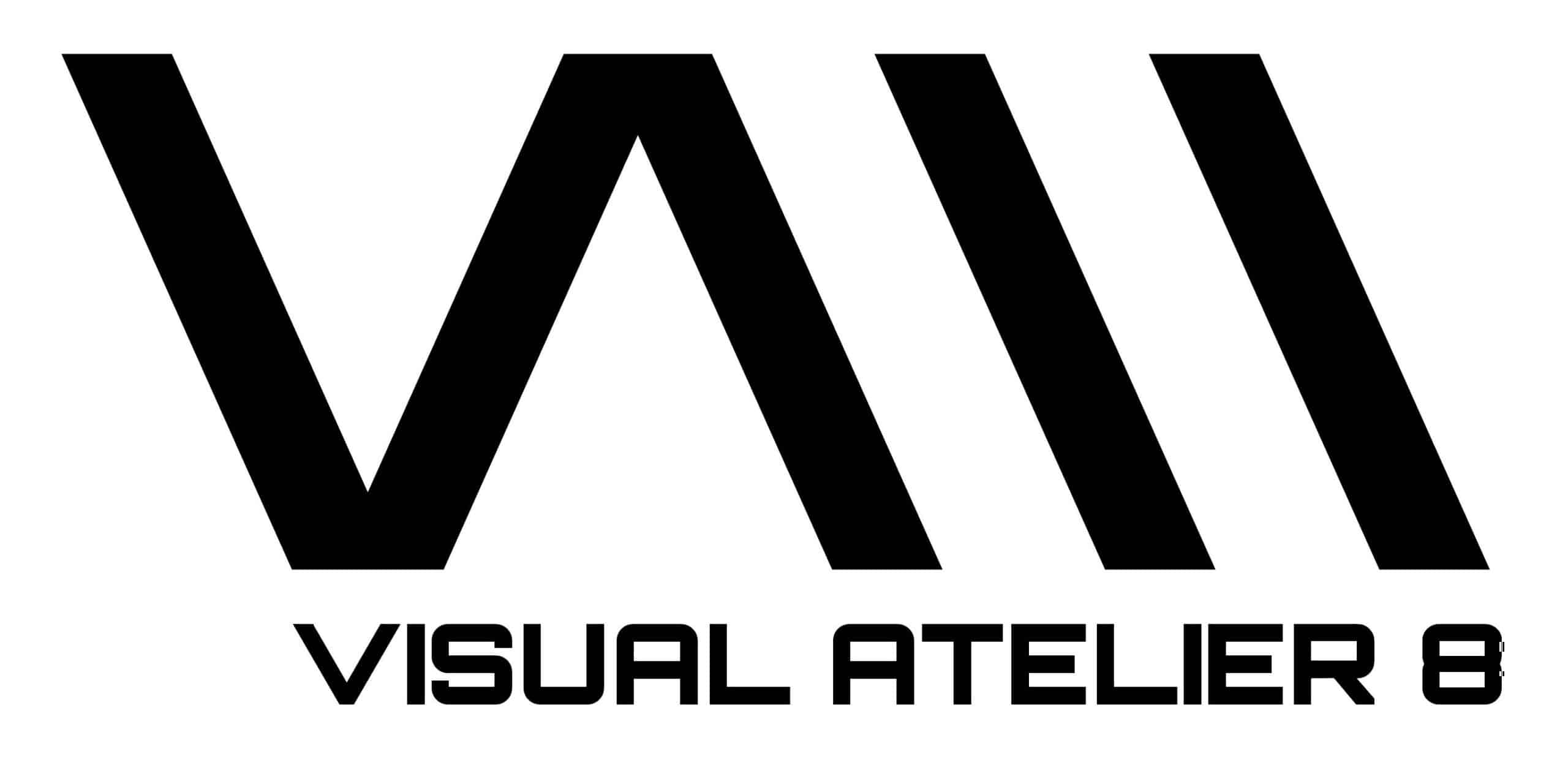
It is a delight and pleasure to speak with you, Paul Milinski. Your work is so immaculate and elegant, what role does the term personal utopia play in your everyday life? Is your home your sanctuary?
It is a delight to be speaking with you too! You have come up with some different questions! My home is my sanctuary. I can fall into complete deep focus and maintain it over a long period without distractions. I need to keep that state of flow to achieve the results that I want.
In childhood many are in consistent awe with forest adventures and the diminutive splendors of horticulture’s natural beauty. What do you think it is about adulthood that makes many lose touch with these times of endless exploratory peace though they seem to still crave it?
There are many reasons we lose touch with exploration and nature as we mature into adults. As we grow, the harsh reality and pressure from our societies come to light. Our time and sense of creativity become overwhelmed, and priorities shift. We are also in the midst of the digital revolution. It is a multifront war fighting for our attention, and where instant gratification is the new form of exploring.
Our nature as human beings is to push the envelope to breaking point. Maybe we need to push the digital world to a point where it collapses and no longer holds it in such high regard. Perhaps the digital world finds a way to bring nature back to us more than ever.

Would you agree that bringing the outdoors in, is something that we have really lost in metropolitan life? What movements or sentiments in architectural or social history made us place higher importance on the synthetic do you think?
One way to think of it is that humans have spent most of their time living directly amongst nature and enduring the harsh conditions, and this was the main driver for us to start thinking bigger and create more comfortable environments. We developed tools and began to build structures to fight off such elements. So we can see a pattern forming. The new way to live was to rid these harsh elements from our living situations, and we have followed that trajectory ever since.
Now, it seems we have reached a point where we have built up our environments so much that we now realize we can have both synthetic and organic. An excellent example of this is concepts for vertical hydroponic farms in our cities where people grow and live amongst their food. As the years go on, we will start to see the pure form of thrivable living take shape.
A number of your works evoke the spirit of Escher with his beloved optical illusions. Is this purposeful? Which artists do you value from the past or present and for what?
That is a compliment indeed; however, I’m not setting out to create mathematical optical illusions. Although once a staircase is added to an artwork, it’s hard not to think of Escher, so I understand that sentiment. I’ve never really been into art history or paid too much attention to particular artists. I’ve always pretty much just gone and done my own thing without that external influence; however, if I had to mention some artists that made a noticeable impact on me, I would say Brian Edward Miller.
A digital 2D artist whose work is brilliant. He has excellent technique in creating Z-depth amongst his images, significant application of texture, and a real visual storyteller. The other would be a plant artist called Green Fingers (Satoshi Kawamoto), who creates wondrous plant life installations.

I would consider your art worthy of being art therapy. Have you played with designing VR spaces? And do you think it would be reasonable that we would soon enter into a future where spaces like yours could be escaped into as a way that is technologically tangible? What do you think access to this type of get away could do for us collectively?
I’ve not yet designed for VR; however, the conversation has come up recently, and it’s something that I’m going to get involved with shortly. I’d say it’s more than reasonable to think that we’ll be soon entering these surreal worlds. It’s inevitable. With the technological advancements in VR and AR, we are only a short time away before introducing these worlds in high fidelity.
So much so, that one day we won’t be able to distinguish VR from RL. Access to this type of technology will open up a whole new world of employment opportunities and education. It will also change the way we have digital meetings. We will soon be using our personalized lifelike avatars to conduct meetings in custom-designed spaces in next-generation graphics.
Given the aesthetical lusciousness of your pieces, do you use any naturally occurring locations as references? What are your favorite destinations on earth to draw from, if any?
I wouldn’t say that my work isn’t geologically accurate by any stretch. I tend to mix and match different elements from all parts of the globe. This is the sort of freedom I’ve allowed myself. Coincidently, in reality, I prefer dark rainy days in urban environments. However, when I sit down to create art, the opposite happens. Still trying to figure out why that’s the case…

Technology is a beloved part of VA8, if you could, would you please share with us your design process from sketch to finished product, as with any details about its rendering time, or software you adore above all else?
PROCESS
Presenting my workflow in a list format I find is always concise and clear, so here we go.
1.Thinking
My first step is always thinking. I’ll try and come up with ideas or visions without sketching or looking for external inspiration. I believe this helps strengthen your mind’s eye and forces your brain to grow and conceptualize more clearly. Coming up with an idea/vision direct from your mind’s eye is a very gratifying feeling.
2. Sketching
Whether I have a lucid vision or a vague silhouette in mind, I’ll always sketch it down on an iPad or paper. I find this helps to solidify the idea, and I can further expand the concept. In doing this, it also helps to define barriers. Setting barriers is essential as I don’t want to be doing too much extra designing within the host application. Deviating too much from the plan can blow your time spent on the computer.
3. Computer – Modeling
Once I finish the concept sketch, I’ll move to the computer and begin modeling the scene. I make sure I replicate my scene to match real-world dimensions. This way, I can ensure the light bounces are correct.
4. Computer – Texturing
When the modeling is complete, I’ll move on to texturing. This phase can take some time if I don’t know what I want to achieve. Again, to make decisions easier for me, I set barriers not to be overwhelmed with choice. You’ll notice this when looking through my work that there are similarities with colors and textures. Narrowing down on textures and colors will help you to develop a signature style too.
5.Computer – Lighting
Lighting your scene is the most crucial aspect when it comes to setting the mood. A slight tilt on your sunlight or an angled area light on an object can leave you with vastly different results. You can have an ambiance set in your mind, although playing around with lighting is extremely fun and can offer you a completely different feel that you may not have thought. The key to realistic-looking and interesting images all comes down to the light.
6. Computer – Rendering
Artworks are never finished or complete. They are abandoned at the right time. Now I’ve been editing my image for a while and struggling to find things to change or add; I’m ready to surrender and hit the render button. I like to set many samples to the engine to ensure the artwork is not covered in noise and comes out crystal clear. Rendering time can vary from piece to piece depending on substantial variables, but generally, rendering time is between 3 to 20 hours.
7. Computer – Post
The render is complete, and now I add the artwork into the photo editing software to add the finishing touches. Editing is such a vital part of the process as controlling specific parameters will make the image explode with dynamic range.
CURRENT PRODUCTION LIST
iPad Pro
Mac Pro
Custom-built PC
Nvidia GPU
Cinema 4D
Octane Render & RNDR Network
Substance Painter
ZBrush
World Creator
X-Particles
Speedtree
Quixel Megascans
RDT
Poliigon
Photoshop
Lightroom


All images courtesy of Paul Milinski, shared with permission

